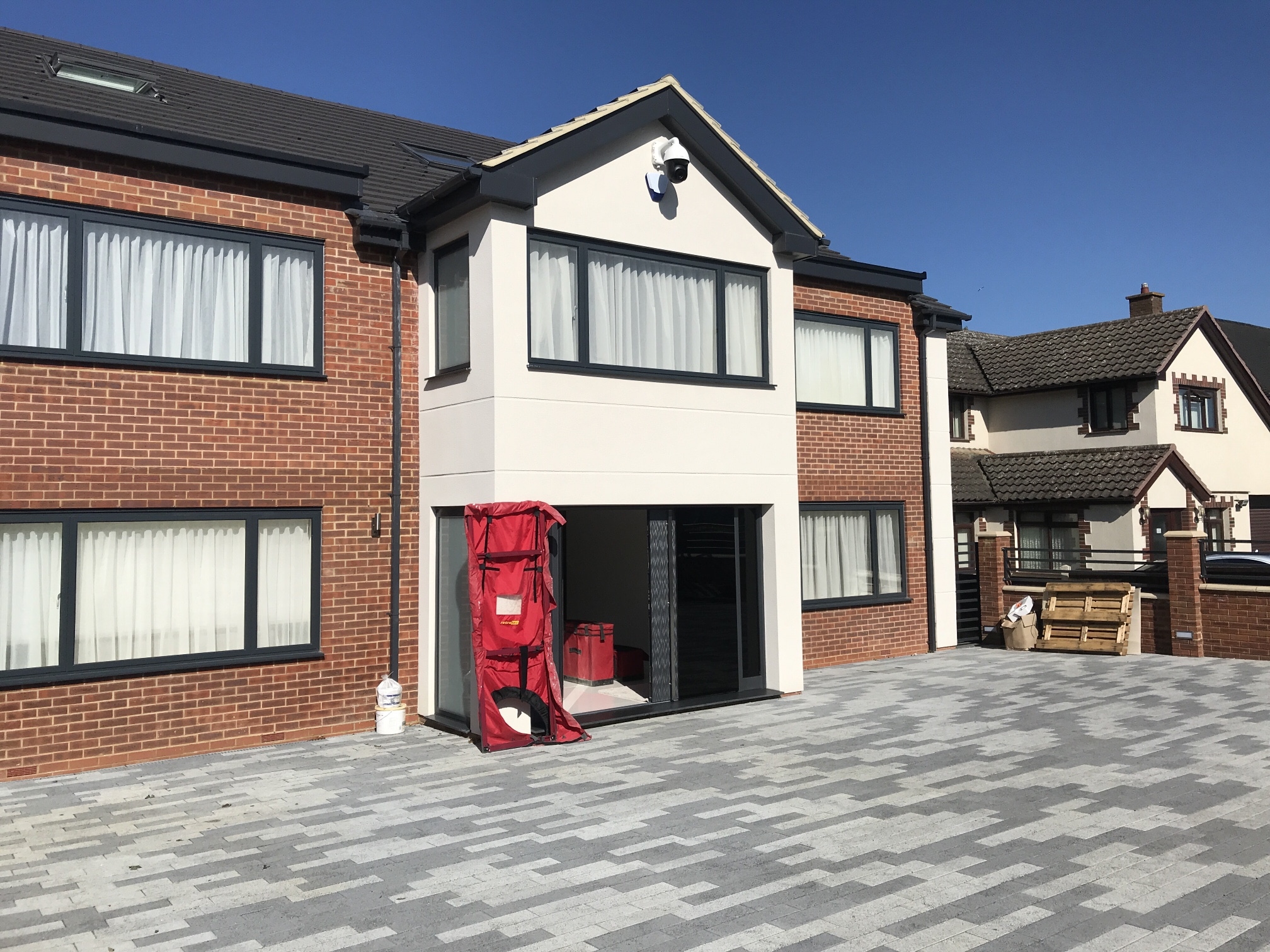They might have flummoxed and annoyed you, but SAP calculations are a critical part of the design cycle for any residential scheme.
Building Regulations require SAP calculations and are required for all newly built dwellings in the UK. After 1995, a SAP score has been required for all new homes under Part L of the UK’s Building Regulations, so most developers will recognise it.
For many, though, it will be a new and often daunting part of the planning and building control process.
SAP Calculations do three things:
They assess a SAP score (dwelling’s energy-related operating costs)
They show compliance with Building Regs Part L
To are used to generate an Energy Performance Certificate (EPC certificate)
You may also need SAP calculations for conversion or SAP Calculations for extensions, but different rules apply.
What Does SAP stand for?
SAP means’ Standard Assessment Procedure.’ It’s the only official government-approved method for determining a new home’s energy score. SAP assessors must be accredited with a certification body. SAP is part of Building Regulations Part L.
A SAP score is a way to compare the energy output of different homes, resulting in a value between 1 and 100 + (100 reflecting zero energy costs and anything over shows you export electricity). The higher the SAP score, the lower fuel costs, and the lower carbon dioxide emissions.
The SAP calculations for new buildings determine an energy cost based on the dwelling construction, heating system, internal lighting, and any renewable technologies. It doesn’t include cooking fuel or appliances.
Why is SAP important to me?
Home builders will need to obtain a “pass” on their SAP calculations in order to comply with current building regulations. Without this calculation, the development is not approved and the building cannot be let or sold.
Nonetheless, there are other reasons why SAP is used. A SAP assessor may help the developer or architect shape a new dwelling’s energy profile, reducing energy use and carbon emissions.
The effect on the ground can be accurately measured and given by different built forms, heating systems and engineering.
Another important issue is that the SAP score communicates the property’s energy efficiency, and informs both purchasers and tenants of the Energy Performance Certificate (EPC certificate).
A ‘ pass ‘ is obtained by several compliance goals around:
How well the dwelling fabric absorbs heat
Construction quality and system commissioning.
Solar Gain
Dwelling CO2 predicted emissions
Emissions are Key
The DER / TER figures are used to achieve the benchmark emission target Through comparing the Target Emission Rate (TER) with the expected Dwelling Emission Rate (DER), CO2 emissions are measured.
In the SAP calculation, this target rate is set using a set of baseline values, by comparison to a notional housing of the same size and shape.
Importantly, developers and councils are now using these numbers progressively as a means of achieving certain goals–from achieving green targets and local recycling policy to determining Section 106–type community contributions.
Fabric Energy Efficiency
Homes built in England after April 2014 are also assessed on Fabric Energy Efficiency. This is not a carbon indicator, but energy demand per m2 per year in units of kilowatt-hours. How well a home absorbs the energy it produces can impact its CO2 emissions as well as be measured separately for compliance calculation.
The performance of fabric energy is measured using estimates from DFEE / TFEE. As with emissions a range of baseline values depending on the size of the property is used to set the target under SAP.
What’s Involved in an SAP Assessment?
Accredited SAP Assessors will take an architect’s plans and drawings that establish a clear specification for the heating, ventilation and air conditioning (HVAC) specification for the dwelling.
The assessor will either digitally or manually scale off these plans to create a dwelling(s) template in SAP software.
There will then be analysis of the dwelling that takes into account the chosen lighting, heating and ventilation systems, thermal elements (walls, floors, roofs and openings). The calculations will also take into account any renewable technologies that may be planned for the building.
The different factors of the chosen heating, lighting and ventilation systems are introduced–different items are chosen from the databases of the manufacturer where they are identified.
How Do I Make Sure of a Pass?
It is fair to say that designers and architects have not paid much attention to SAP in the past–but since the significant changes in 2005, SAP 2009 and again in 2014, compliance with the SAP regulations and, in effect, Part L of the Building Regulations has become much tougher. Working without a SAP model now causes more problems!
This is mainly due to the immense tightening of the CO2 emission targets–driven by European and UK climate policies. The average 5-year-old new build is significantly different to today’s regulations.
We are often asked to explain why some builds fail and some succeed, and it’s not always easy to give a straight answer. Numerous factors will play a part, from the size of the boiler to the junction in the wall, to the thickness of the insulation in the floor and in which direction the house is pointing!
Some factors may be beyond client control–for example, having no mains gas link may mean having to use an oil or LPG network. Such fuels have higher cost and CO2 emission factors within SAP, and as the target emission rate is set on the basis of the mains gas system, you are hitting.
Tips?
Every day we run SAP calcs–spanning single self-constructions up to 30 storey apartment blocks, so we have a good idea of what works and what doesn’t.
If we disregard the broader issues of climate change, avoid tactics, and conclude that we are not trying to create a zero carbon home, we can tie down some good principles that will give you a good chance of success:
There are minimum u values to beat, not followed. If the building material is well insulated, no fancy renewable technologies are required to get you through.
Pay attention to the u values on the openings you specify to get them as low as possible, preferably 1.4 W / m2 K or less.
It’s not the boiler it’s the controls that will often have a more significant effect on the SAP score than the boiler itself.
Get it airtight. All new builds require the completion of the Air Permeability Test and the resulting figure goes into the SAP Calcs. Ensure that the envelope is sealed and conduct a pre-test review if possible.
Pay attention to thermal bridging. This is heat loss across outer wall junctions. Follow a scheme like Accredited Construction Details (ACD’s) that will allow us to avoid using the default information. See our Thermal Bridging section for our guide.
Start as Early as Possible
The one key point is to start early–even more important than those above. If we get a set of plans halfway through a construction, there’s not much we can do to improve the building’s energy efficiency.
This situation often leads to a lot of bad practise and generally the introduction of unnecessary, costly technology added in hindsight just to pass building regs or satisfy a planning requirement.
Prevent this by communicating as early as possible with your SAP assessor in the process–often before planning has even been submitted, and definitely well before building applications for regs.
Is SAP just for New Builds?
Not at all, most extensions, conversions and change of uses require SAP calculations under Part L1b of building regulations.
Barn Conversions
Commercial buildings to domestic conversions
Proposed extensions with more than 25% glazing to floor area
Dwelling conversions to flats or apartments




